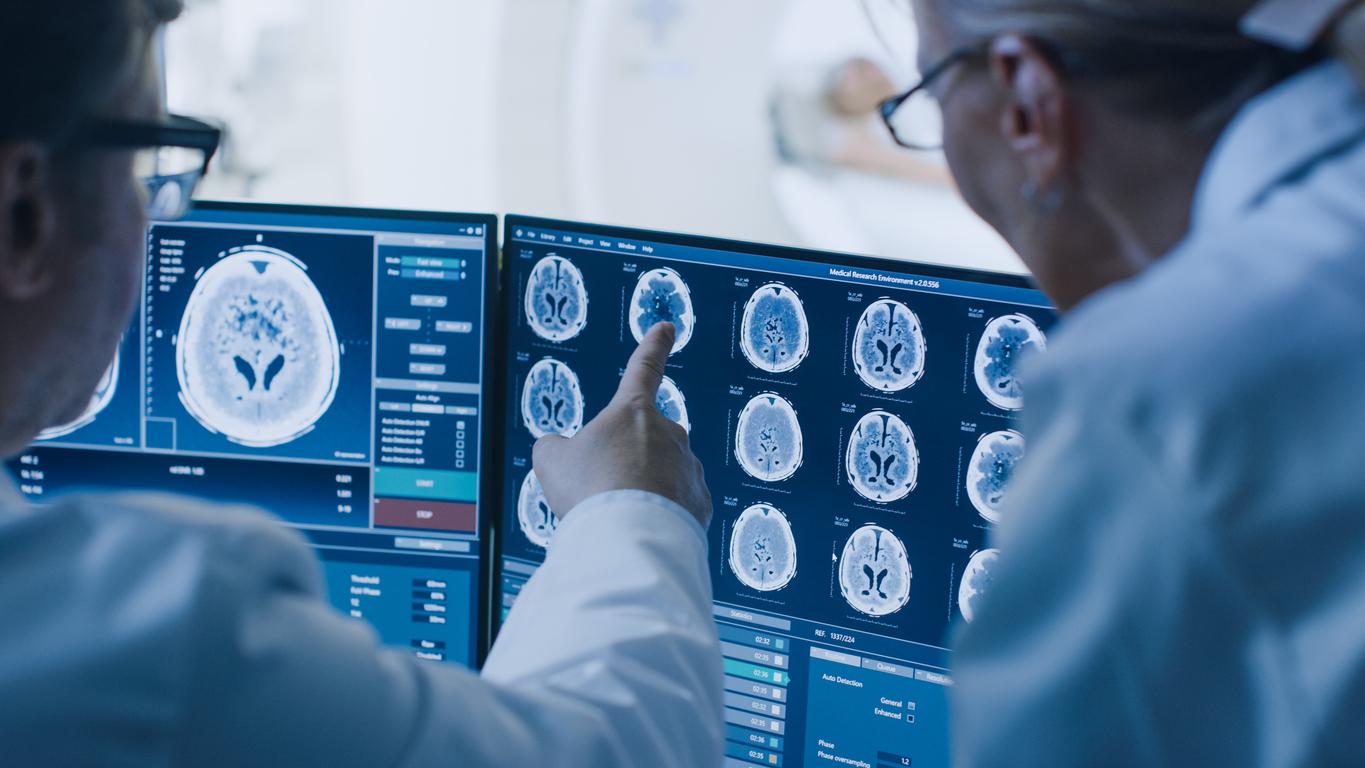Alzheimer’s disease, this neurodegenerative pathology, is characterized by two types of brain lesions: amyloid plaques and neurofibrillary degeneration. The early detection of these markers represents an important stake for scientists in the treatment of this form of dementia. The discovery made by researchers from the Institut Pasteur, Inserm, CNRS, CEA, Pierre and Marie Curie and Paris Descartes and Roche universities offers a new avenue for making an early diagnosis of Alzheimer’s disease. .
It is based on the development of two types of antibodies capable of detecting amyloid plaques and neurofibrillary tangles characteristic of Alzheimer’s disease. These two kinds ofantibody were conceived after observing those present in llamas. This work was reported in the Journal of Controlled Release.
Testing treatments before the first symptoms of Alzheimer’s
Their particularity? Tested in vitro on brain tissue from patients with Alzheimer’s disease and then on mice, the scientists observed that these new antibodies, once injected intravenously, were able to cross the blood-brain barrier to specifically identify the amyloid plaques and neurofibrillary tangles.
These two signs of the disease are thus clearly visible in the brain.
The challenge of this discovery is explained by Pierre Lafaye, head of the antibody engineering platform at the Institut Pasteur, director of the study: “Being able to offer an early diagnosis could make it possible to test treatments before the onset of symptoms, which was not possible until now “, he explains in a press release from the Institut Pasteur.
Diagnosis of #Alzheimer‘s disease: llama antibodies detect cerebral lesions https://t.co/S0MBY3DS7epic.twitter.com/6PpqPwrkuh
– Institut Pasteur (@institutpasteur) November 3, 2016
Read also: Migraine can cause brain damage
Palpation of the brain, soon to be a diagnostic tool for Alzheimer’s?

















